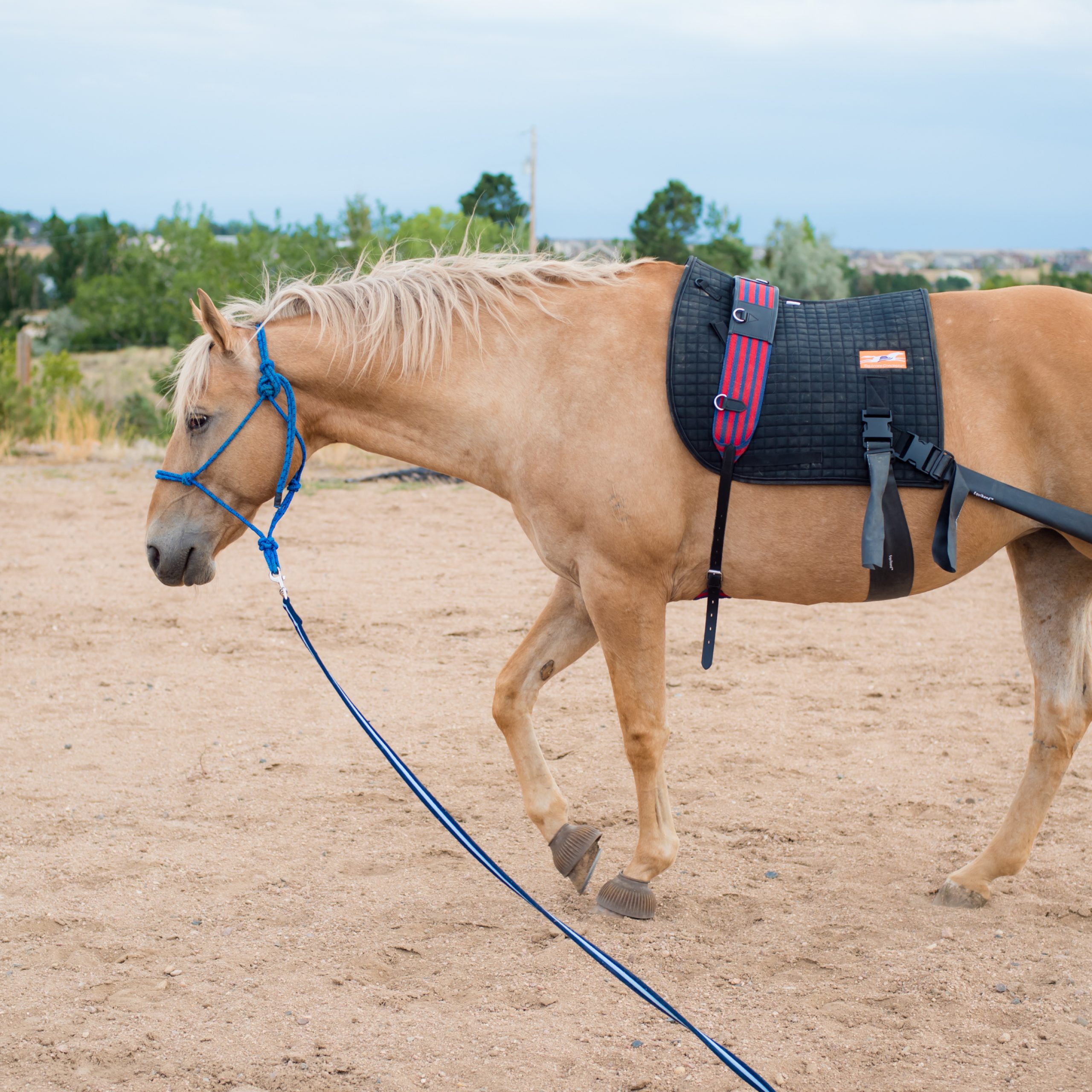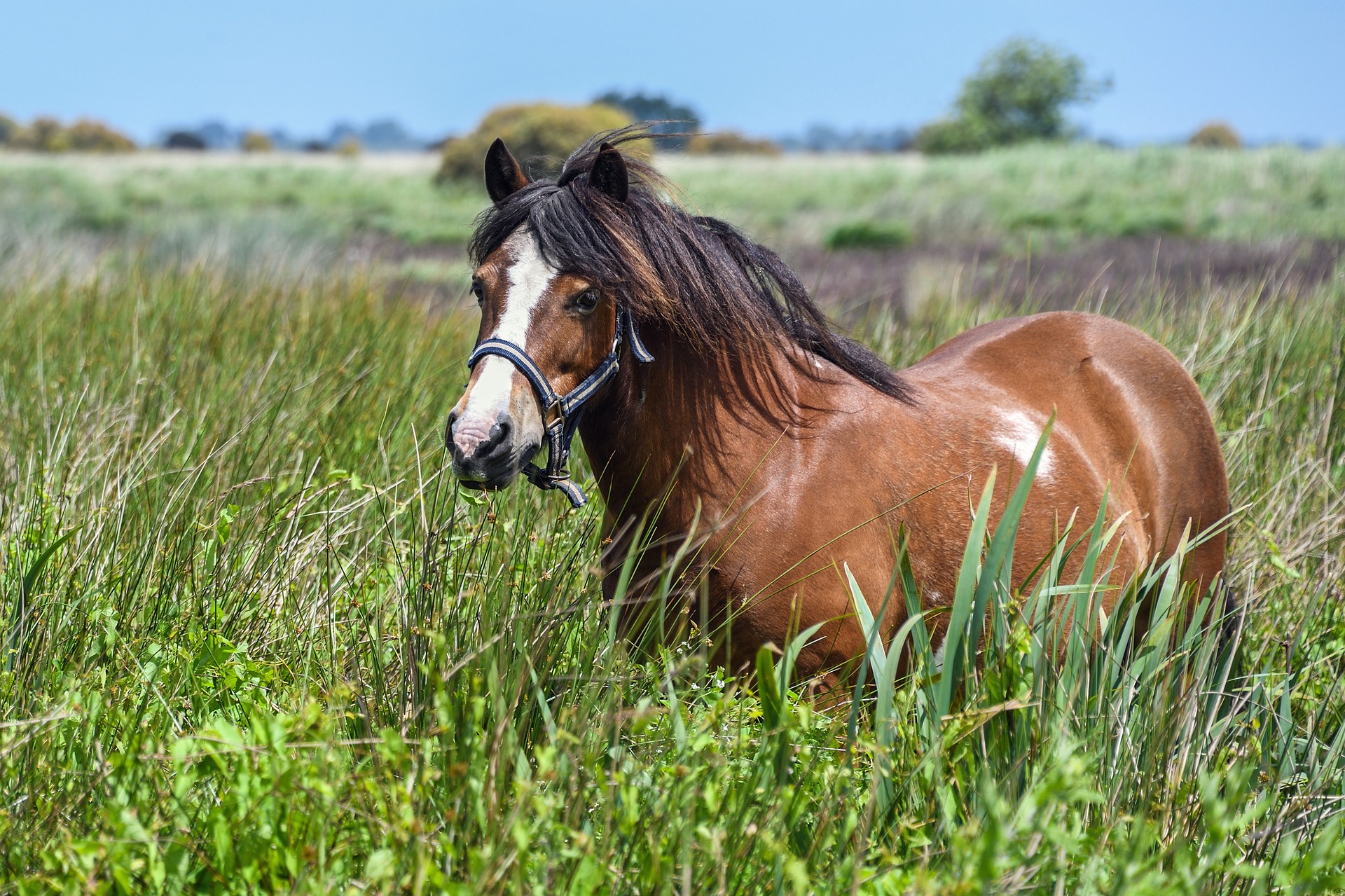 Wait! Come back!! Even though your horse is currently sound and healthy, many of the topics in this blog are still applicable to you and your riding partner!! My purpose in writing this blog is to broaden the minds of my readers into better understanding...
Wait! Come back!! Even though your horse is currently sound and healthy, many of the topics in this blog are still applicable to you and your riding partner!! My purpose in writing this blog is to broaden the minds of my readers into better understanding...
 Donkeys and mules are readily recognizable by their distinguished large ears. These equids frequently have the reputation of requiring less veterinary attention. Although they are certainly more stoic (and perhaps smarter!) than horses, they still need—and deserve—the...
Donkeys and mules are readily recognizable by their distinguished large ears. These equids frequently have the reputation of requiring less veterinary attention. Although they are certainly more stoic (and perhaps smarter!) than horses, they still need—and deserve—the...
 Sometimes when we as horseman see our horses on a routine basis, it can be easy to overlook that thickened, cresty neck or the fat pads that have developed on either side of their tail head. We recognize that it has been quite a while since we’ve been able to palpate...
Sometimes when we as horseman see our horses on a routine basis, it can be easy to overlook that thickened, cresty neck or the fat pads that have developed on either side of their tail head. We recognize that it has been quite a while since we’ve been able to palpate...
 As spring begins to show its face in beautiful flowers and new grasses, the parasite life cycle is renewed. Warmer weather encourages larval maturation from fecal contamination in pastures. As these larvae mature they make the progression up the blade of grass and...
As spring begins to show its face in beautiful flowers and new grasses, the parasite life cycle is renewed. Warmer weather encourages larval maturation from fecal contamination in pastures. As these larvae mature they make the progression up the blade of grass and...
 Rabies is caused by a virus that infects mammals and is spread through the saliva/bites by infected animals. The virus exists in several wild animal reservoirs, most commonly bats, skunks, raccoons, and foxes. After the virus is transmitted via bite, it replicates in...
Rabies is caused by a virus that infects mammals and is spread through the saliva/bites by infected animals. The virus exists in several wild animal reservoirs, most commonly bats, skunks, raccoons, and foxes. After the virus is transmitted via bite, it replicates in...








